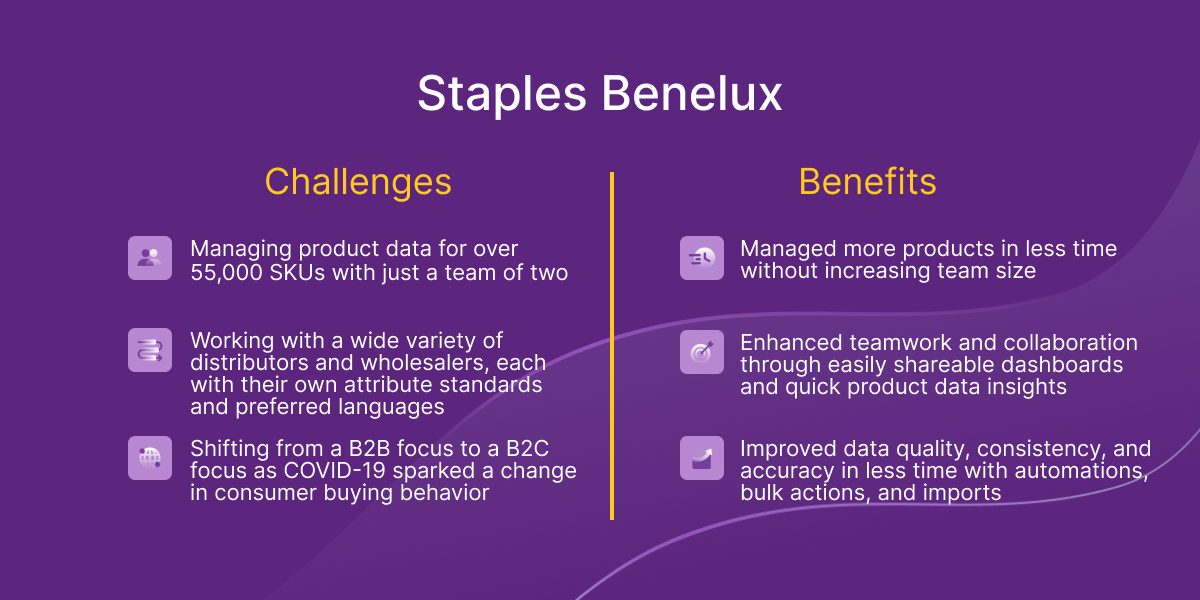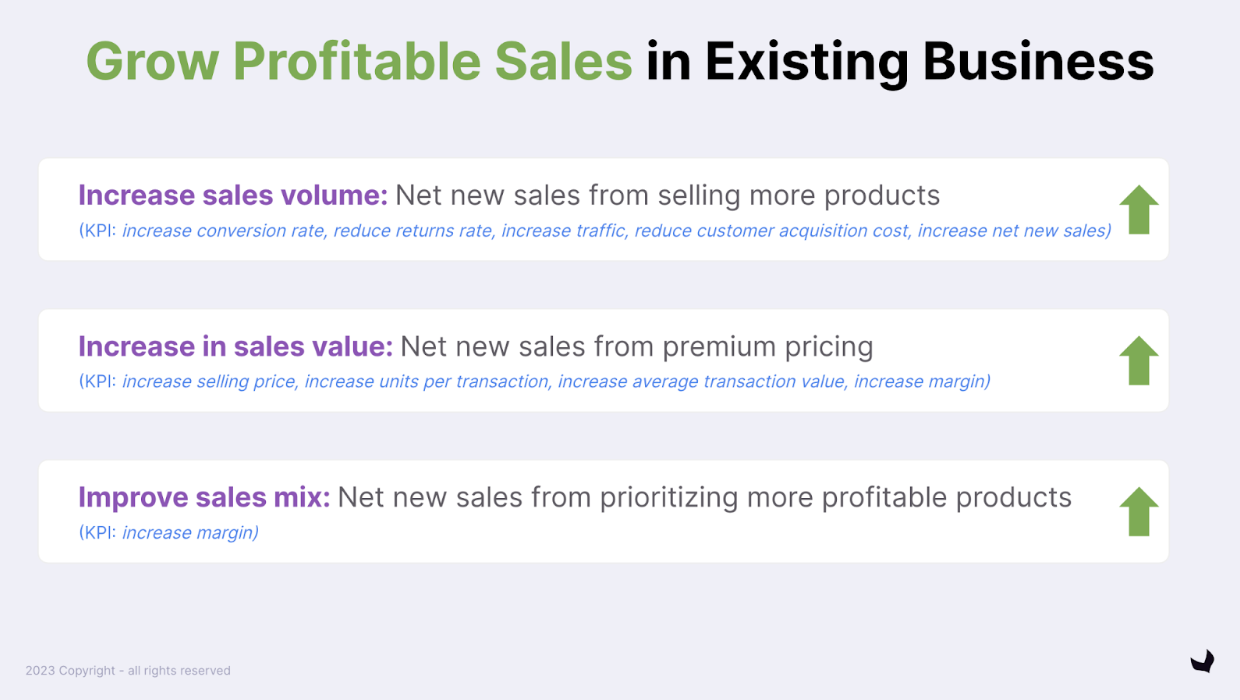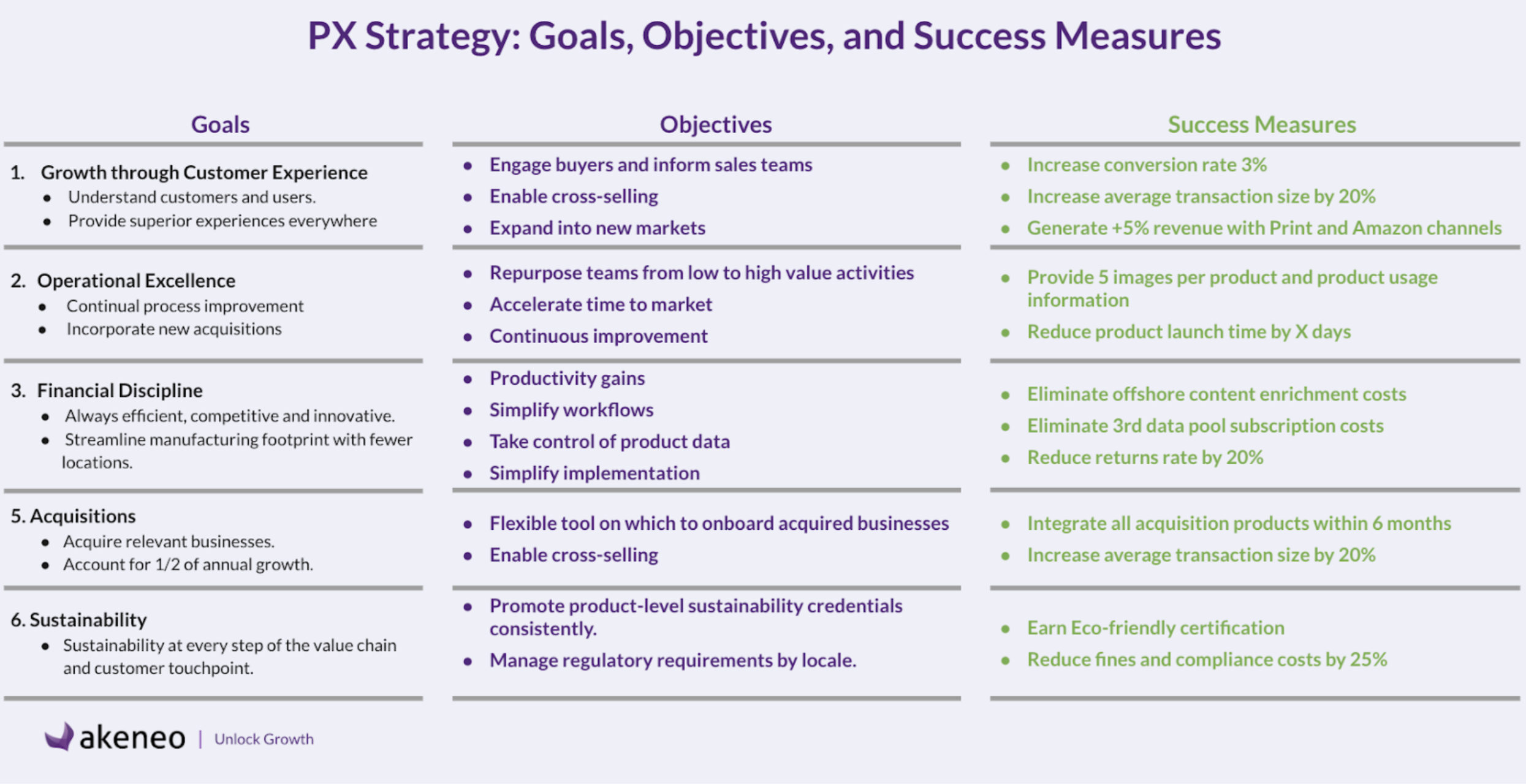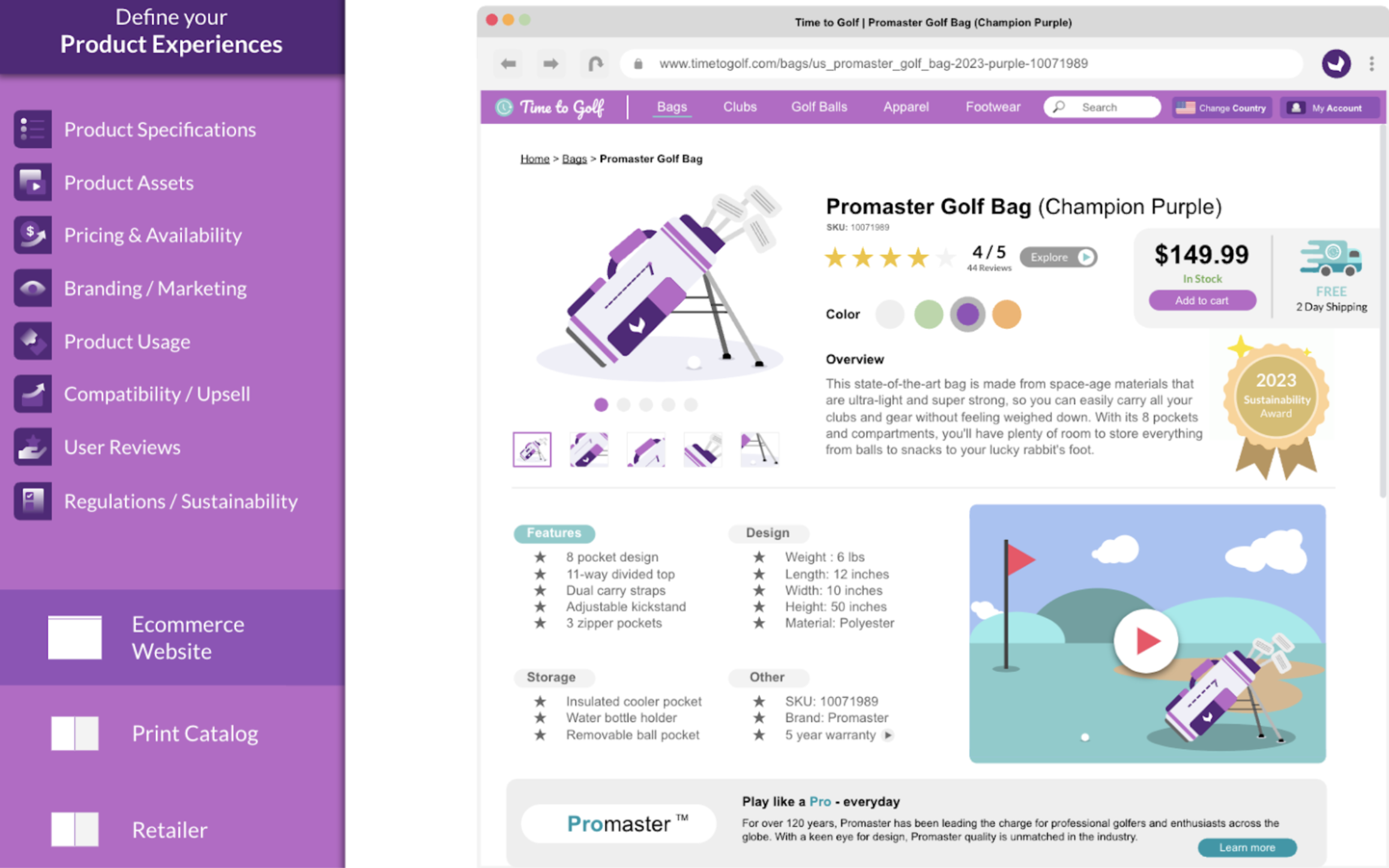Demystifying the Evolution of Artificial Intelligence: Separating Fact from Fiction
In this guest post from Akeneo partner Unifai, explore the fascinating evolution of artificial intelligence (AI), from its early days marred by skepticism to its current role as a trusted partner in various industries.

However, AI hasn’t always enjoyed such widespread acclaim. Frequently, misconceptions surrounding AI have bred apprehension and uncertainty.
The old Myths About Artificial Intelligence
Back in the 50s: The Skeptical Era
The question of whether we can trust artificial intelligence has sparked lengthy debates. Back in the 1950s, during its inception, AI’s credibility was already under scrutiny due to its groundbreaking nature. Early pioneers like John Von Neumann and Alan Turing introduced AI concepts, but skepticism surrounded their endeavors.
The arrival of novel concepts often triggers misunderstandings. As time passed, reactions evolved; worries and hesitations proliferated. This transformation emerged from the mainstream adoption of AI, which brought about both progress and potential conflicts.
The Evolution of AI in the 2010s: A Controversial Phase
Around the 2010s, a pivotal era for AI commenced. During this period, artificial intelligence witnessed significant advancements attributed to powerful new computers capable of accelerating algorithmic computations, alongside the advent of the internet and widespread data sharing.
It was during this phase that AI permeated daily life. While intended to simplify our routines, it began to overshadow some works of science fiction, raising questions: Would AI endanger job stability? Could it replace human workers? Some even speculated about the potential for AI to achieve “higher intelligence.”
This sentiment is closely tied to Machine Learning, a scientific approach that revolutionized AI during the 2010s. Termed “automatic learning,” this methodology enables machines to self-educate, improving their capabilities over time. This marked a shift from rigidly programmed machines to data-driven AI.
The education of AI enables self-questioning, learning from mistakes through Machine Learning. Enhanced precision, reduced error risk, and cost-effectiveness positioned AI as an asset.
The Progress of AI: A Fostering Trust
While only a few years out from the rise of Machine Learning and Deep Learning, and the accompanying apprehensions, public perception of AI’s threat has significantly evolved.
In the digital era, while skepticism persists, confidence in AI has grown considerably. This stems from AI’s maturity, no longer perceived as entirely novel but rather an ever-evolving, living entity. Various sectors, including manufacturing, marketing, research, healthcare, and gaming harness AI to advance their domains. Companies are progressively intrigued, exploring AI’s potential in handling product data.
AI at the Service of the Human
AI offers tangible benefits, enhancing comfort, automating tasks, boosting productivity, and propelling progress across industries. For instance, internet searches frequently involve AI. As a sign of confidence, humans are becoming increasingly discerning, intolerant of AI’s errors.
Consequently, AI’s support is now deemed legitimate, no longer arousing past concerns. The perceived myths about AI jeopardizing jobs and security have began to dissipate.
Artificial Intelligence and Product Data: A Corporate Choice
AI and product data are intrinsically linked. Recognizing this, companies have readily entrusted machines to drive growth. Data management plays a pivotal role in digital strategies, particularly in eCmmerce, differentiating businesses in the competitive landscape.
This strategy hinges on utilizing a PIM (Product Information Management) solution, like Akeneo, and an advanced AI solution, like Supplier Data Manager. By intelligently analyzing product data within a PIM, these technologies categorize, standardize, enrich, and correct product data at scale.
3 Key Insights About Artificial Intelligence
AI, while complex, often sparks uncertainty about its workings and implications. Amid its advantages and limitations, three key aspects deserve attention in the context of product data processing:
- Artificial intelligence isn’t magic: It necessitates training and ongoing maintenance. Valid information is crucial.
- What humans can’t process, AI also cannot.
- AI is in constant flux: Performance fluctuations are normal, requiring periodic audits through sampling.
AI: The Past, The Present, The Future
The journey of artificial intelligence (AI) has been nothing short of remarkable, mirroring the evolution of our understanding and acceptance of this transformative technology. From its early days in the 1950s, when skepticism loomed large, to the transformative era of the 2010s, marked by both awe and apprehension, AI has come a long way.
As AI matured, our perceptions evolved, and today, it stands not as a mysterious entity but as a tangible force for good in various sectors. Its role in enhancing our lives, from automating tasks to propelling progress across industries, is no myth, and those organizations who embrace the true power of this technology stand to dominate the market.
Are you ready to leverage AI technology to create consistent, compelling product experiences through your product data? You can learn more about Supplier Data Manager here, or speak with a product experience expert today























